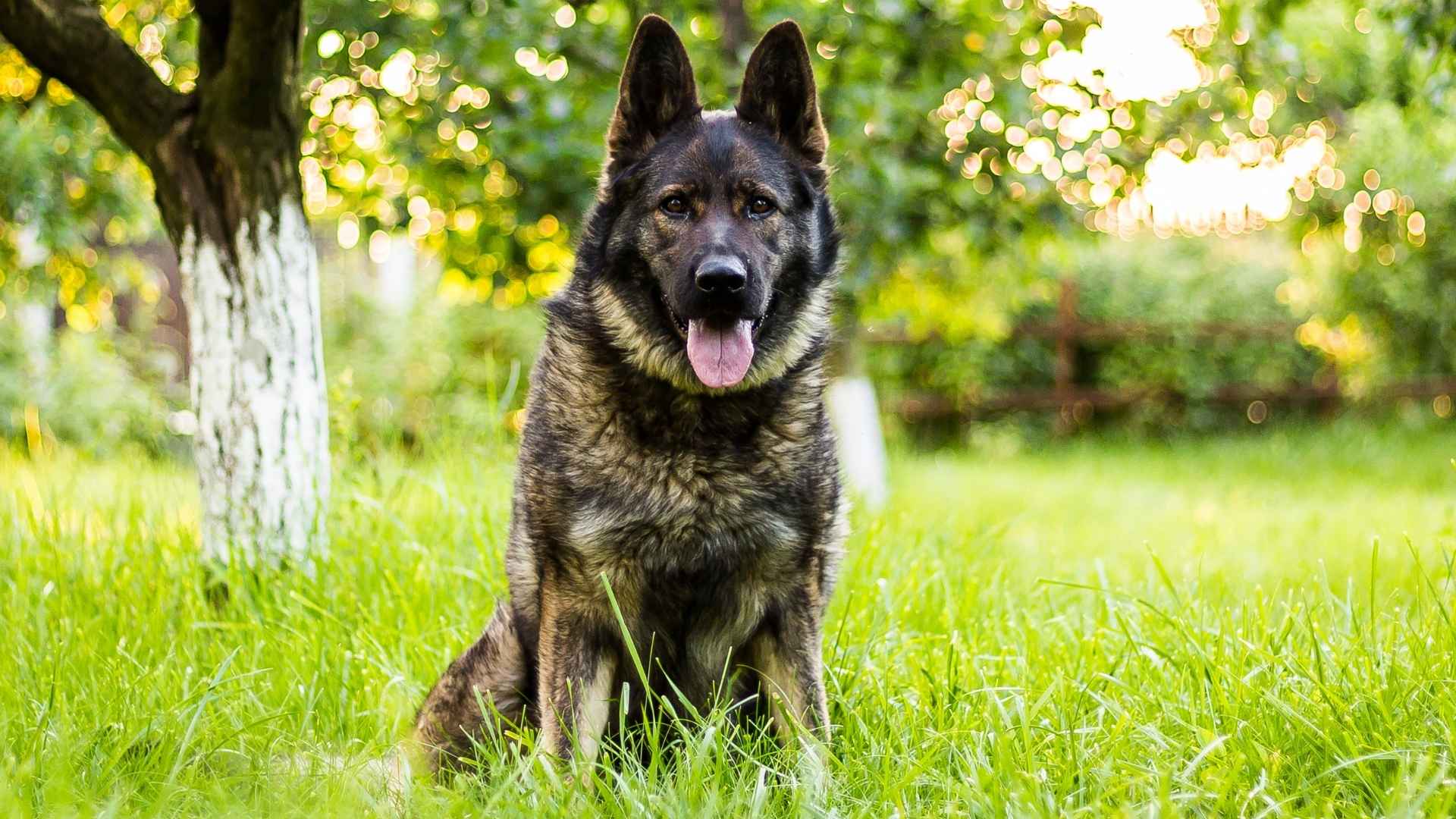What kind of dog keeps watch in the dark without ever waking the livestock? What kind of guardian hears everything but rarely speaks? Not all protectors are loud. Some are calm, confident, and completely silent in the way they defend.
When the barn is still and the fields are resting, these dogs rise. Their ears twitch at the slightest movement, and their bodies follow with precision. They don’t need orders. They understand the rhythm of night work.
They know when to move and when to pause. In farms around the world, dogs like these are trusted to keep everything safe when no one else is watching. Their work is quiet, but their impact is deep.
This article introduces dog breeds known for their silent barn patrols, for their deep instincts, and for their steady presence under moonlight and stars.
Dog Breeds Used Historically In War Fields
1. Alaskan Malamute
Used by Arctic explorers and military operations alike, Alaskan Malamutes hauled heavy gear across frozen terrain with remarkable stamina. Their power and endurance made them indispensable in regions where machinery failed. In snowy war zones, their role was more than transport—it was survival.
Loyalty That Didn’t Waver Under Pressure
This breed remained dependable even during bombings or harsh weather. Alaskan Malamutes were valued for their calm response under fire, earning their place among war dogs for more than just muscle. Their reliability made them ideal companions for soldiers in isolated camps.

Natural Instincts That Aided Human Survival
These dogs were known to detect thin ice, react to unseen dangers, and even resist moving forward if they sensed a threat. Such traits weren’t trained—they were intuitive. That kind of awareness became life-saving on war routes through frozen wilderness.
Part of the Legacy of Dogs Trained for War
Though not front-line fighters, their contributions in transport, morale, and danger detection were crucial. The Alaskan Malamute’s place in military history reflects the broad spectrum of how dogs trained for different wartime duties helped win battles off the battlefield.
2. German Shepherd
Did You Know: A German Shepherd named Filax of Lewanno was honored in 1917 after leading 54 wounded soldiers to safety during World War I, earning national recognition.
During both World Wars, German Shepherds served in roles ranging from message delivery to guarding ammunition posts. Their physical agility and trainability made them suitable for navigating trenches and active combat zones. Military records across countries backed their widespread deployment.
Highly Valued for Tactical Work
They were used to locate wounded soldiers, detect mines, and silently alert troops to enemy movement. These missions required discipline under pressure, something this breed consistently delivered. They didn’t just accompany troops — they executed critical, life-saving tasks.
A Breed That Earned Global Trust
Many countries, including the U.S., France, and Germany, trained German Shepherds for specialized war duties. Their reputation among handlers wasn’t built on sentiment, but on results. To dog lovers in uniform, they were more than loyal—they were trusted colleagues.
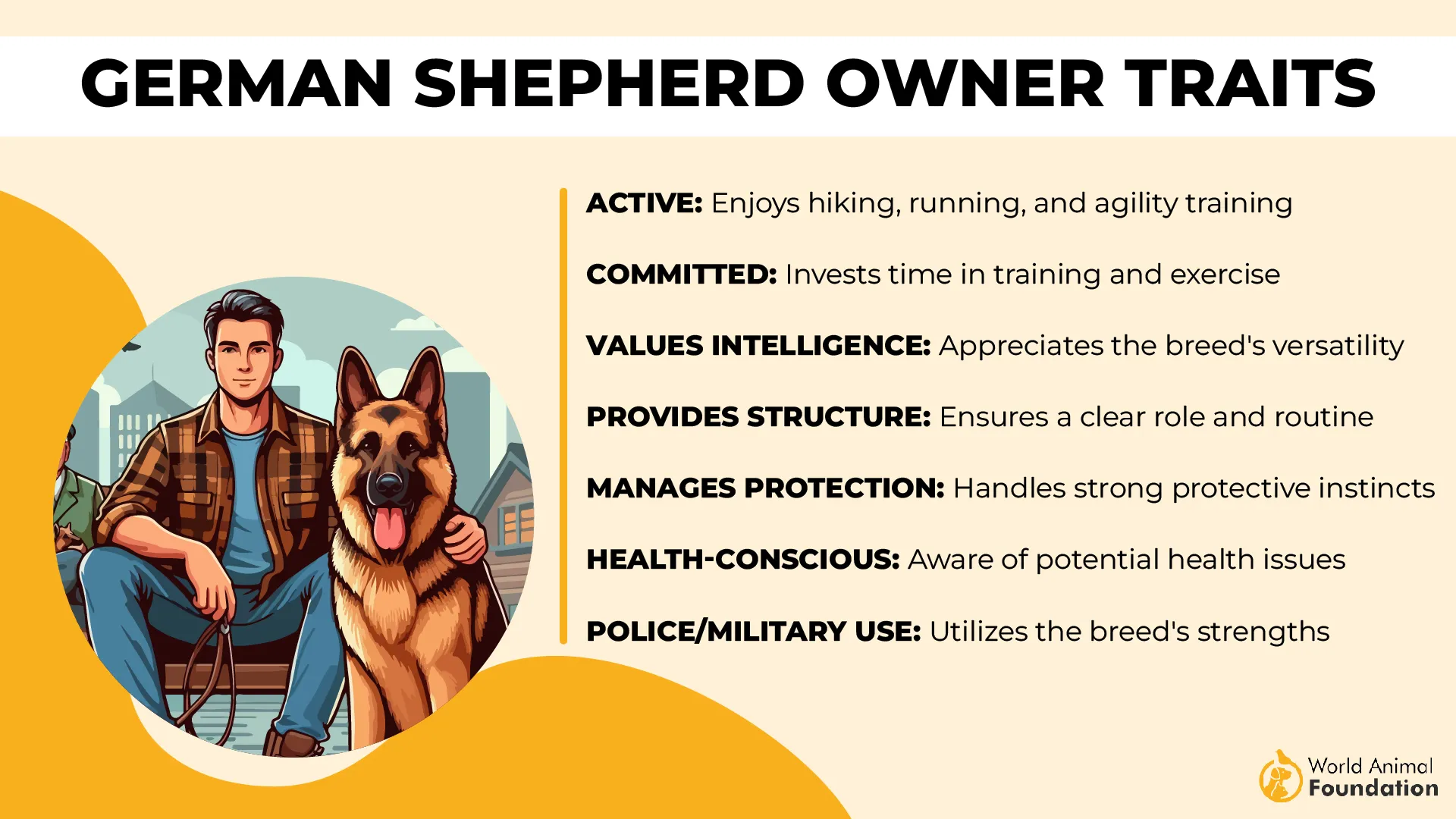
When More Than a Pet Was Needed
Military officials didn’t choose them because they were only a dog among many, but because they proved to be a reliable force multiplier. In both World War campaigns, they became a standard presence across various military branches and operations.
3. Rottweiler
Rottweilers were historically used to pull carts and herd livestock, but their disciplined nature led them to more tactical roles in wartime. Their muscular build and composed temperament made them suitable for guarding supplies and deterring intruders. They could hold ground with quiet intensity.
Valued by Security Forces
Their confidence and ease around high-pressure situations made them a preferred choice for military and police work. In both World Wars, they supported security forces by guarding camps, delivering messages, and helping control prisoner movements. Their loyalty made them easy to deploy.
Training That Matched Their Discipline
Due to their focus and eagerness to follow structured commands, many dogs of this breed were selected for advanced obedience tasks. These dogs were trained not just for strength but for precision—an essential trait for working alongside soldiers and officers in critical zones.
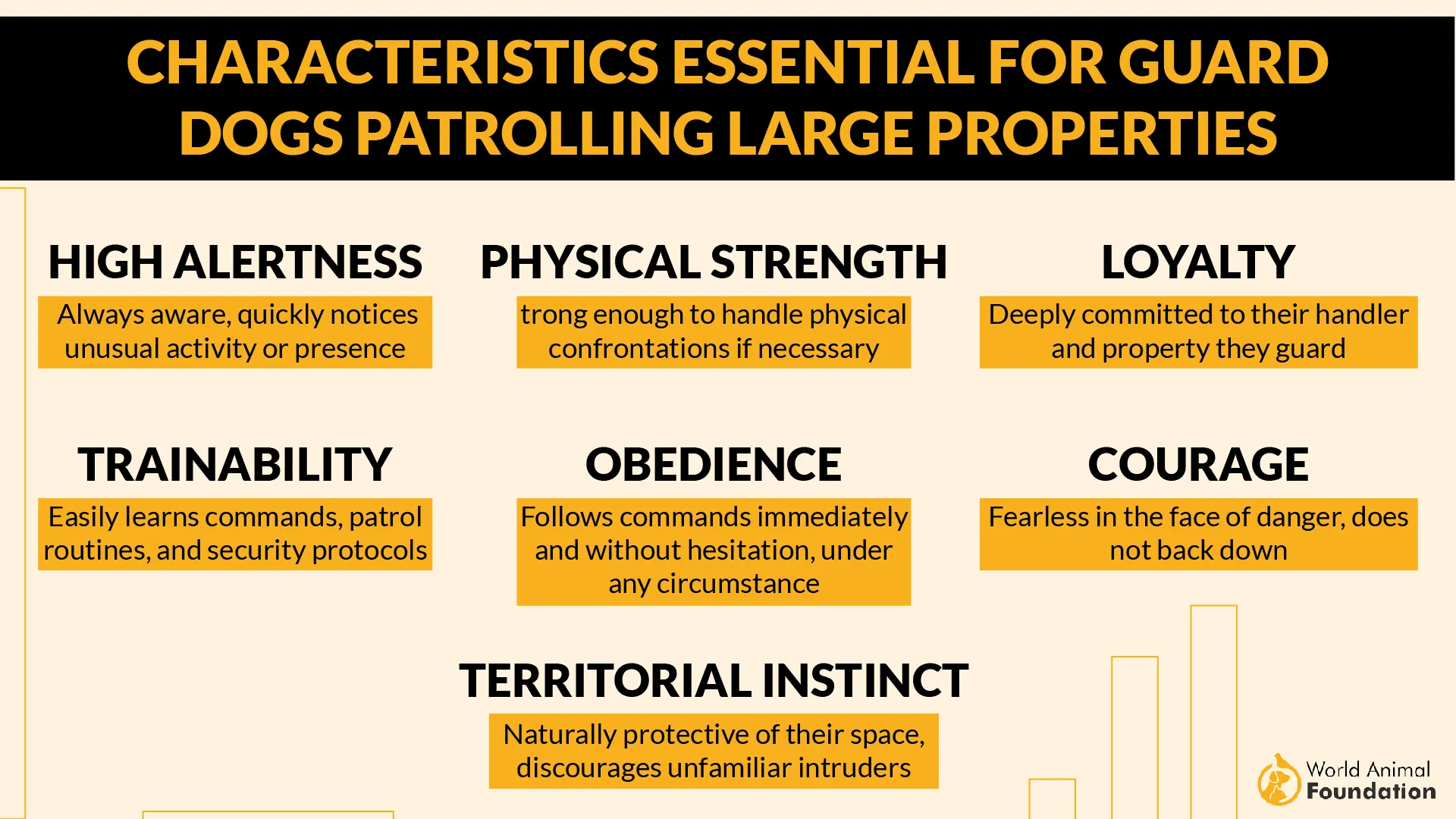
A Reliable Force in Multiple Conflicts
Rottweilers were used throughout history in roles that required silent alertness and physical control. Unlike some breeds used purely for morale, they handled essential ground work that called for strength, intelligence, and consistency during long wartime deployments.
4. Giant Schnauzer
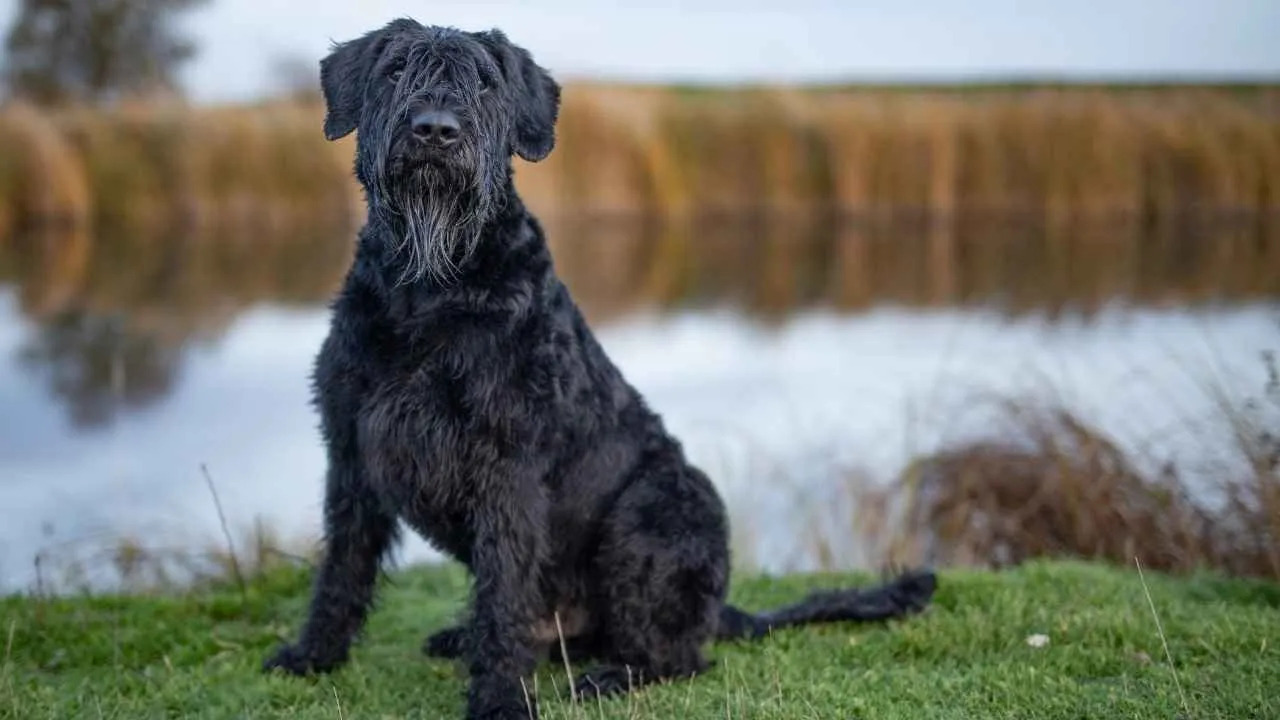
The Giant Schnauzer was actively used by European armies, particularly during World War I and World War II, for guarding and tracking purposes. Their imposing build and sharp instincts made them reliable assets in securing key military zones. Many were stationed to protect supply depots and checkpoints.
Obedience That Met Military Standards
This breed responded well to complex commands and strict discipline, making them suitable for structured wartime environments. They were among the dogs trained by German forces for message delivery and search missions. Their drive to work closely with handlers helped maintain control during chaos.
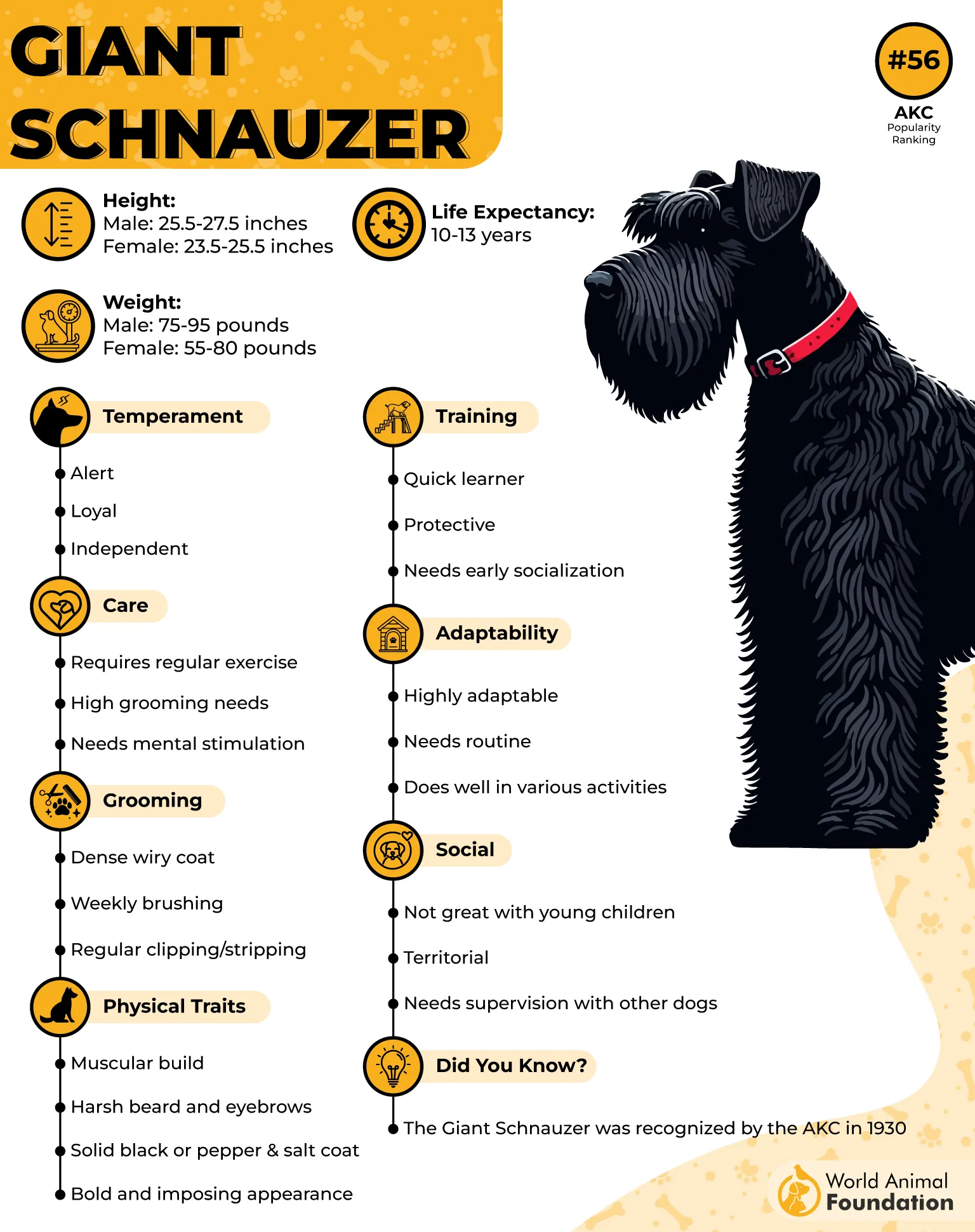
Alertness That Detects Early Movement
Known for their high-level focus and territorial awareness, they could sense an unfamiliar presence from a distance. This ability was vital in alerting soldiers before ambushes or breaches. Their natural suspicion toward strangers made them dependable watchdogs in active war zones.
Used Extensively in Guard and Communication Roles
Giant Schnauzers were selected for duties that required both physical endurance and mental sharpness. Their deployment in various European forces shows how they were trusted for war-related responsibilities beyond basic obedience or show tasks.
5. Boxer

Boxers served as messenger and guard dogs during both World Wars, navigating through gunfire and rough terrain with steady focus, as claimed by the US Boxer Association. Their strong build and agile movement helped them deliver messages and supplies under pressure. These roles were vital in both urban and rural war zones.
A Temperament Suited for Frontline Work
The breed’s courage and alertness made them reliable partners for military handlers. They stayed calm around loud noises and sudden movement, which made training more efficient and deployment safer. Boxers were also known for forming strong bonds with their assigned soldiers.
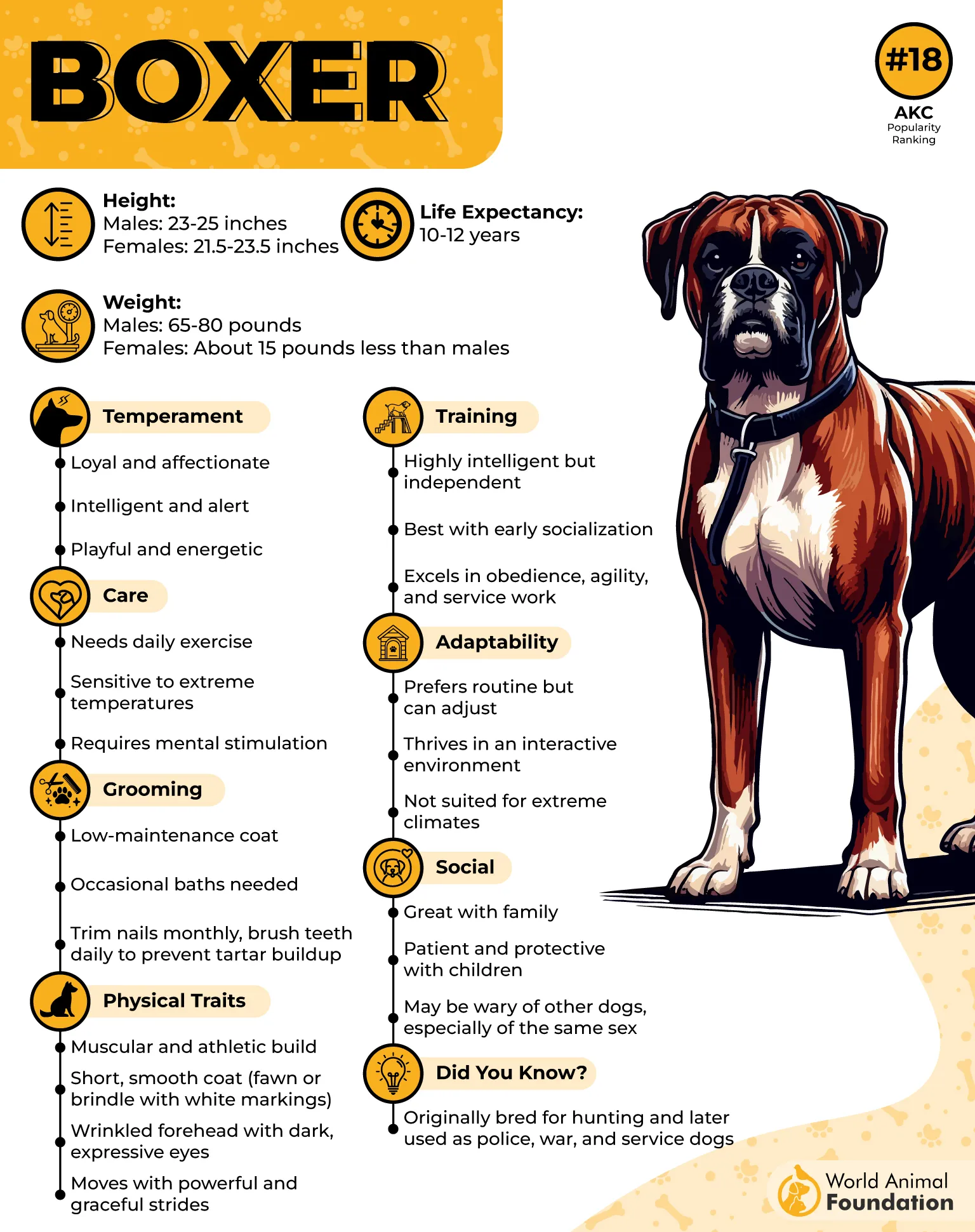
Quick Reflexes and Strong Instincts
Boxers were chosen for tasks requiring fast response, such as locating wounded soldiers and detecting approaching threats. Their physical reactions matched the urgency of field situations. These instincts played a valuable role during surprise attacks or chaotic moments in battle.
Recognized for Their Discipline and Trainability
Their success in military settings came from more than just strength. Boxers responded well to commands and routine, which made them suitable for highly structured wartime environments. Their ability to follow orders precisely contributed to many successful missions.
6. Labrador Retriever
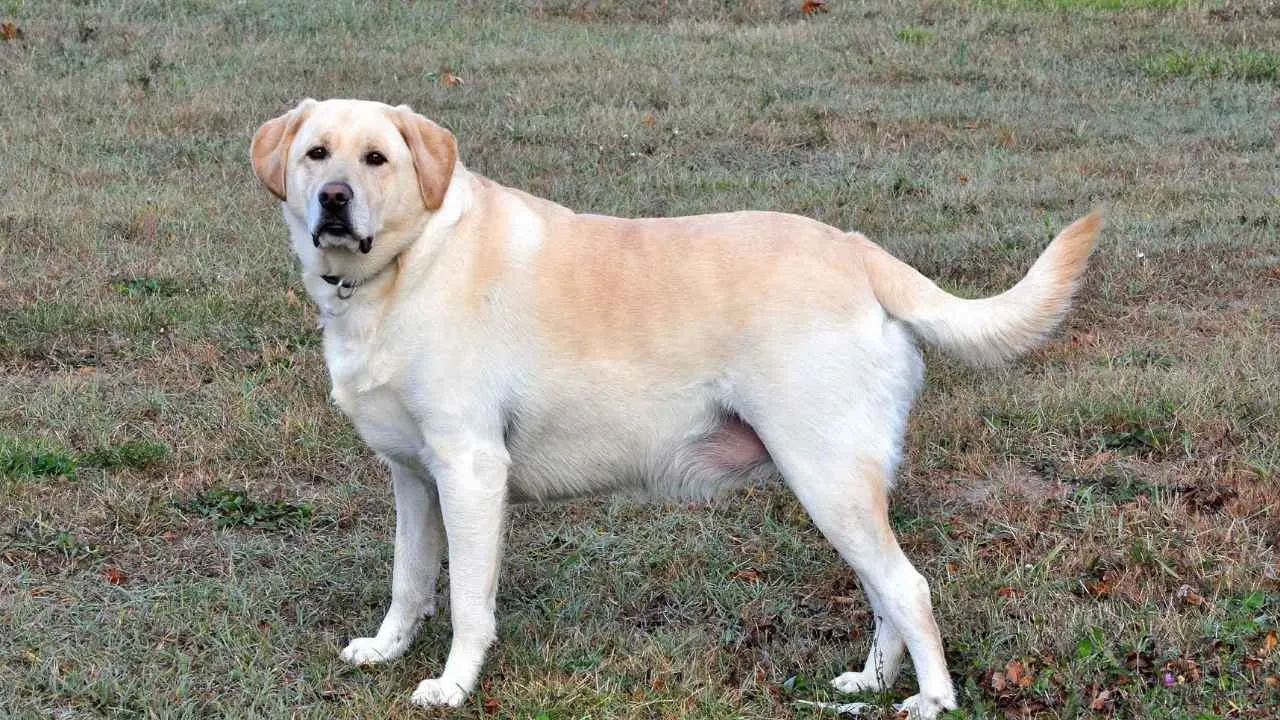
Labrador Retrievers served in roles that demanded both discipline and calm, especially in war zones requiring detection work. Their ability to remain composed amid chaos made them an ideal partner for soldiers. Their temperament added stability to otherwise unpredictable situations.
Trusted Nose in Critical Missions
Labs were widely used for detecting explosives and mines during operations. Their strong scenting ability, combined with their eagerness to please, allowed them to work reliably in high-risk zones. This contribution directly protected countless lives in the field.
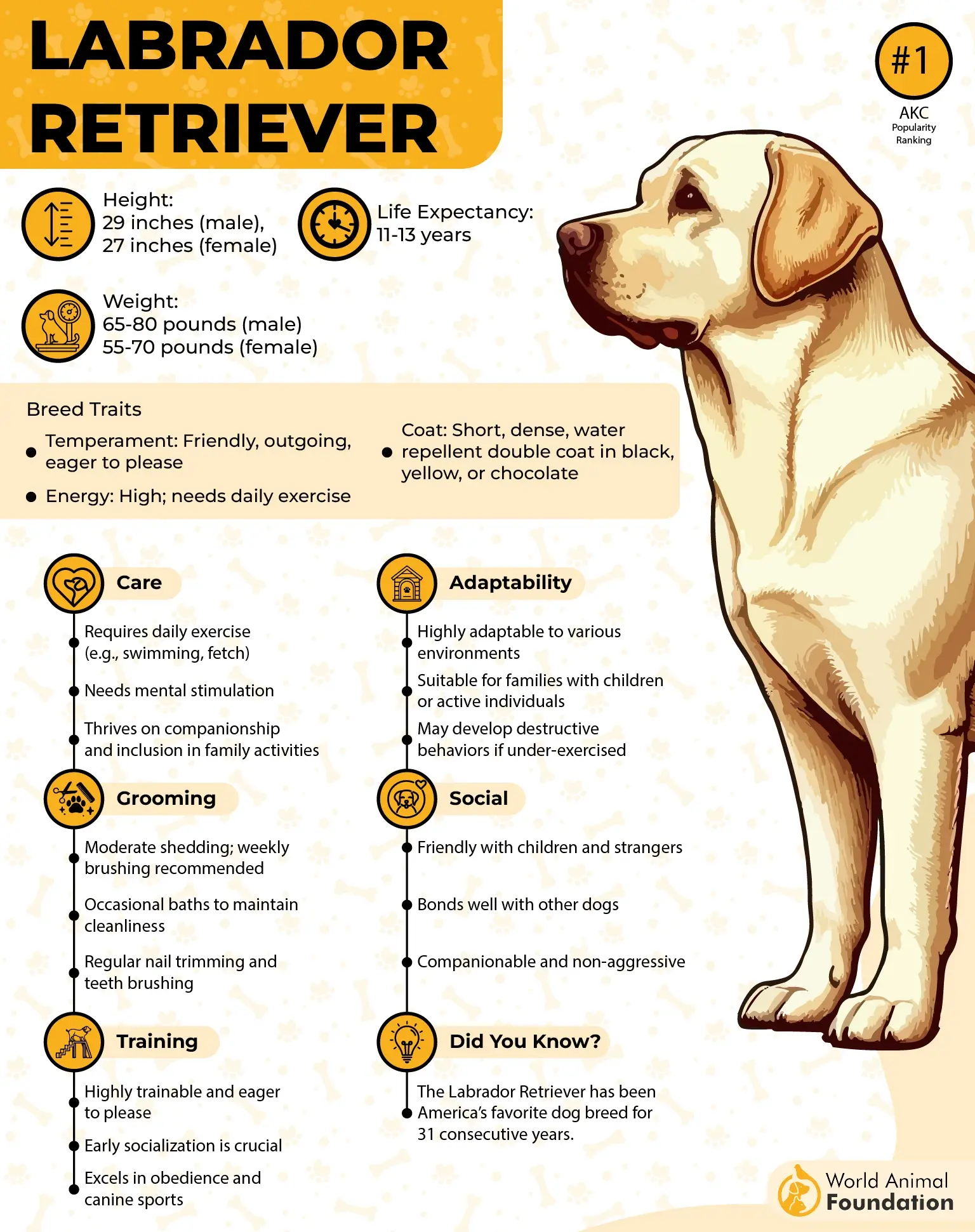
Adapting Quickly Under Command
They responded well to military training and performed tasks like locating wounded soldiers or delivering supplies. Their intelligence made communication between the handler and dog swift and effective. This responsiveness strengthened their role across multiple military branches.
Respected by Troops Across Nations
Many militaries included Labradors in their ranks for search and rescue, patrol, and detection, as mentioned in Purina. Their dependability earned them lasting recognition among war dogs. Their success in these operations helped define the standard for modern service and support dogs in warfare.
7. Bouvier des Flandres
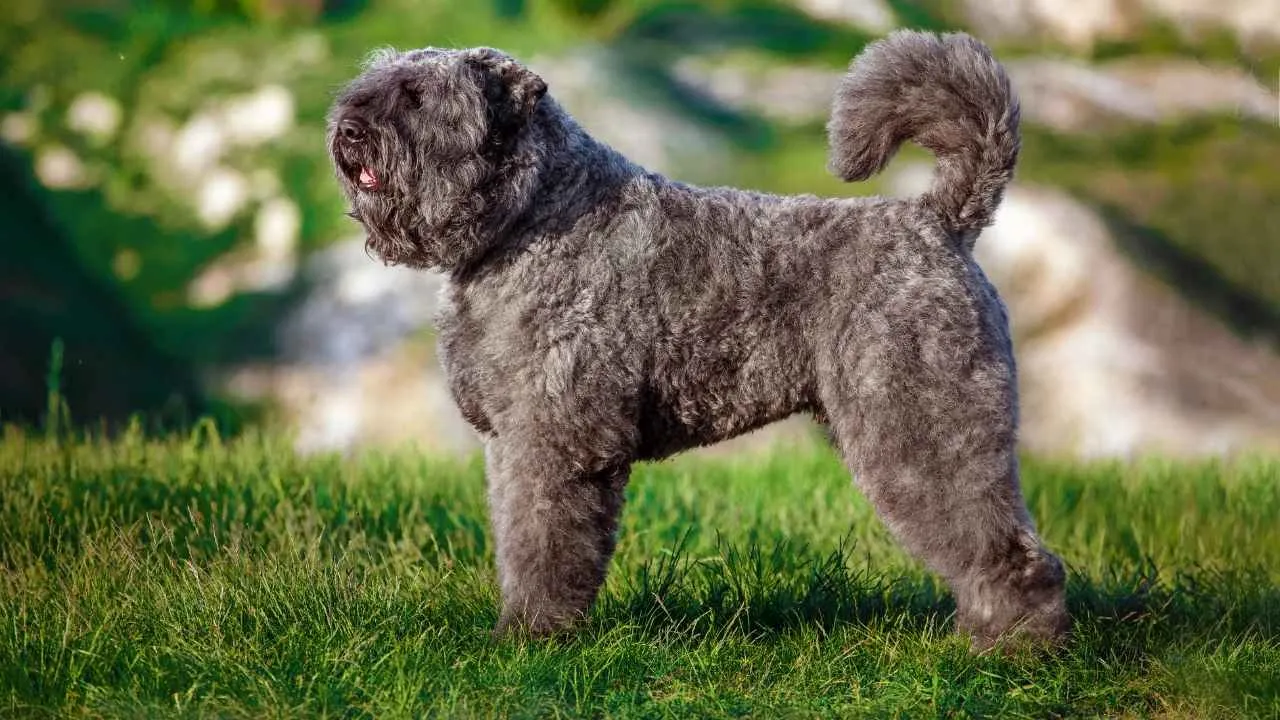
Bouvier des Flandres served as messengers, ambulance pullers, and supply haulers during World War I. Their muscular build and quiet nature made them ideal for moving through combat zones undetected. Many were used to transport medical gear across rough terrain under fire.
Intelligence That Translated into Action
This breed responded well to complex commands and performed tasks with little supervision. Their ability to remember routes, react calmly under pressure, and adapt in emergencies made them more than just helpers. They were known to act on instinct when human instructions were limited.
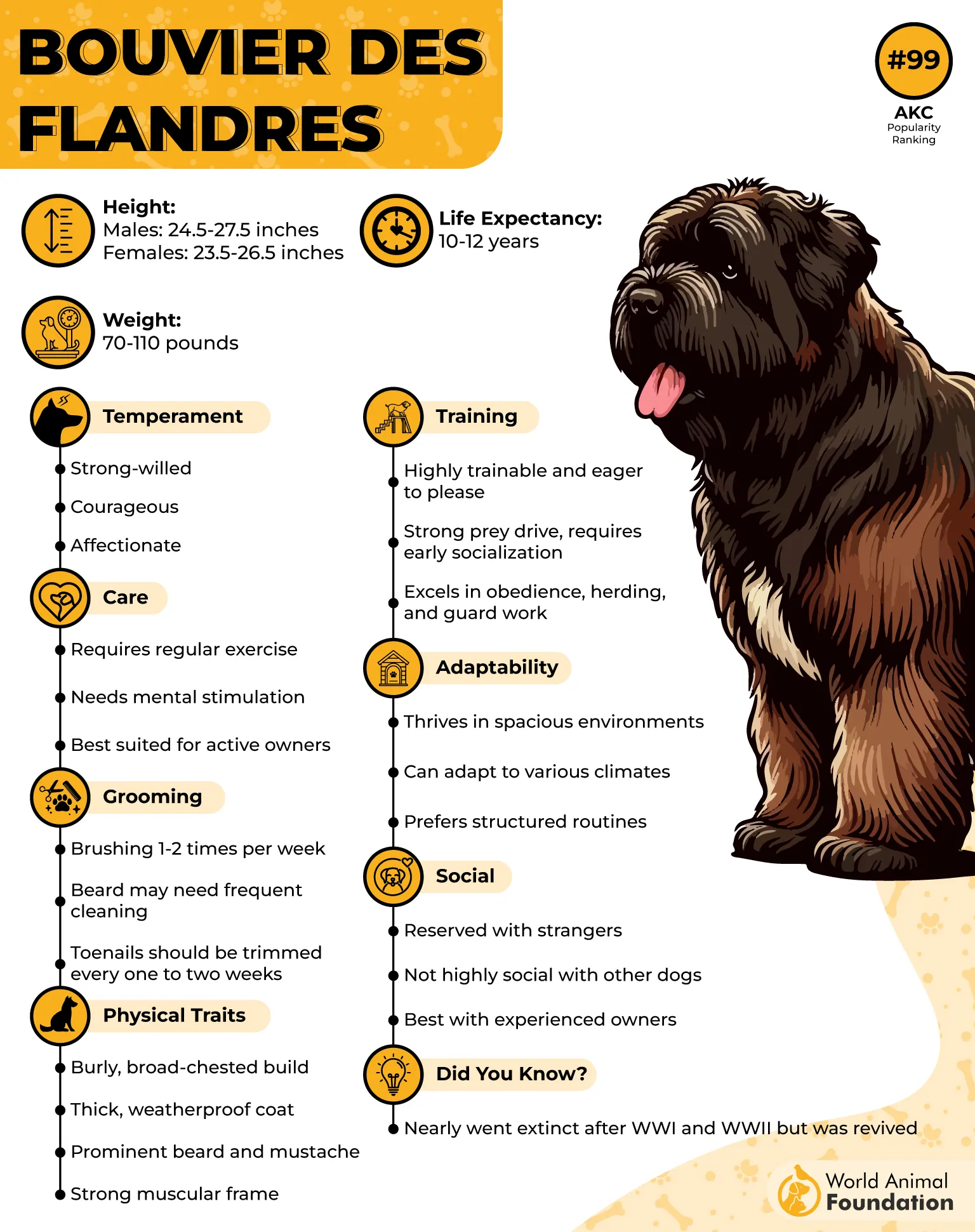
Trusted by Soldiers in the Field
Bouvier des Flandres were admired for their courage and calm demeanor in chaotic environments. Soldiers depended on them to carry out missions at night, often without lights or guidance. Their reliability during those high-risk tasks earned them a strong wartime reputation.
Bred with Purpose, Proven in War
Originally used for herding and guarding, their wartime deployment proved their versatility. The same qualities that made them farm protectors translated seamlessly into their military roles, giving them a respected place in early 20th-century European forces.
8. Belgian Malinois
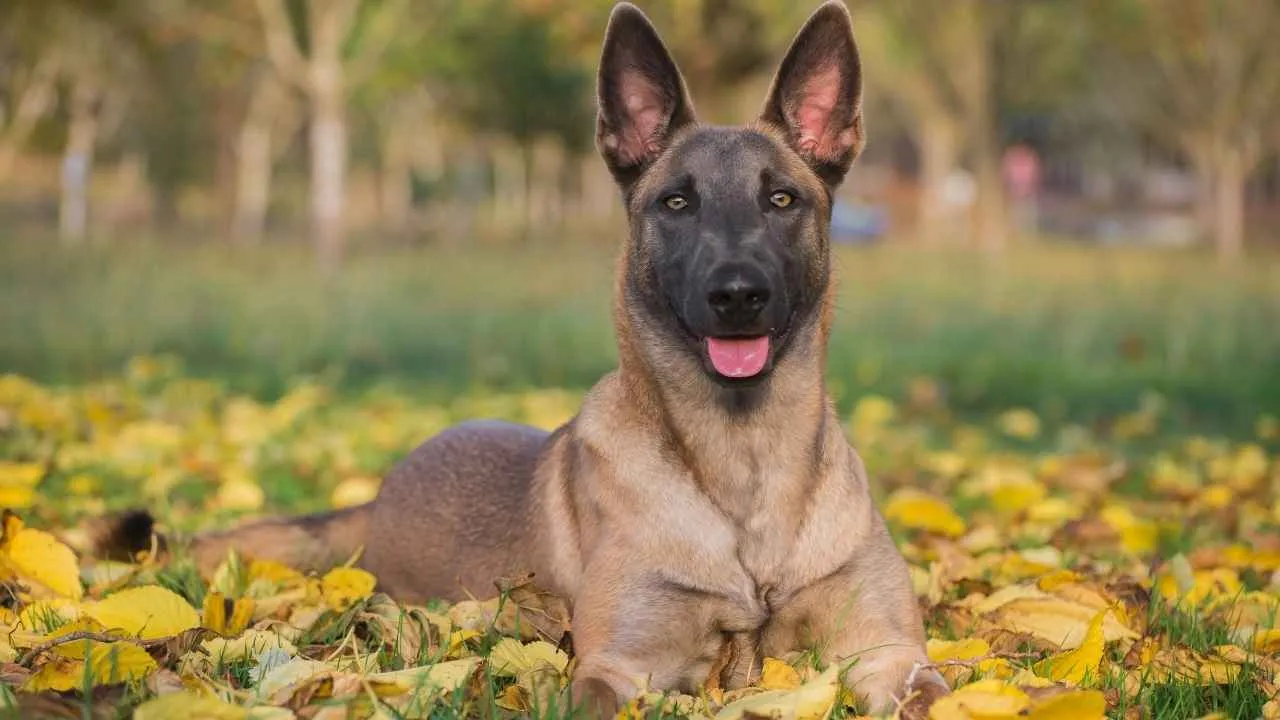
The Belgian Malinois has been used for reconnaissance, sentry duty, and detection work across various war zones. Their agility, intelligence, and lightning-fast reflexes made them ideal for high-risk missions. They often worked ahead of human troops, scouting terrain and identifying threats.
Nerve Strength Under Fire
Military handlers valued their ability to stay composed under sudden noise, chaos, or explosions. Belgian Malinois showed remarkable focus, able to pursue commands without hesitation in fast-changing environments. This made them highly trusted in combat-driven operations.
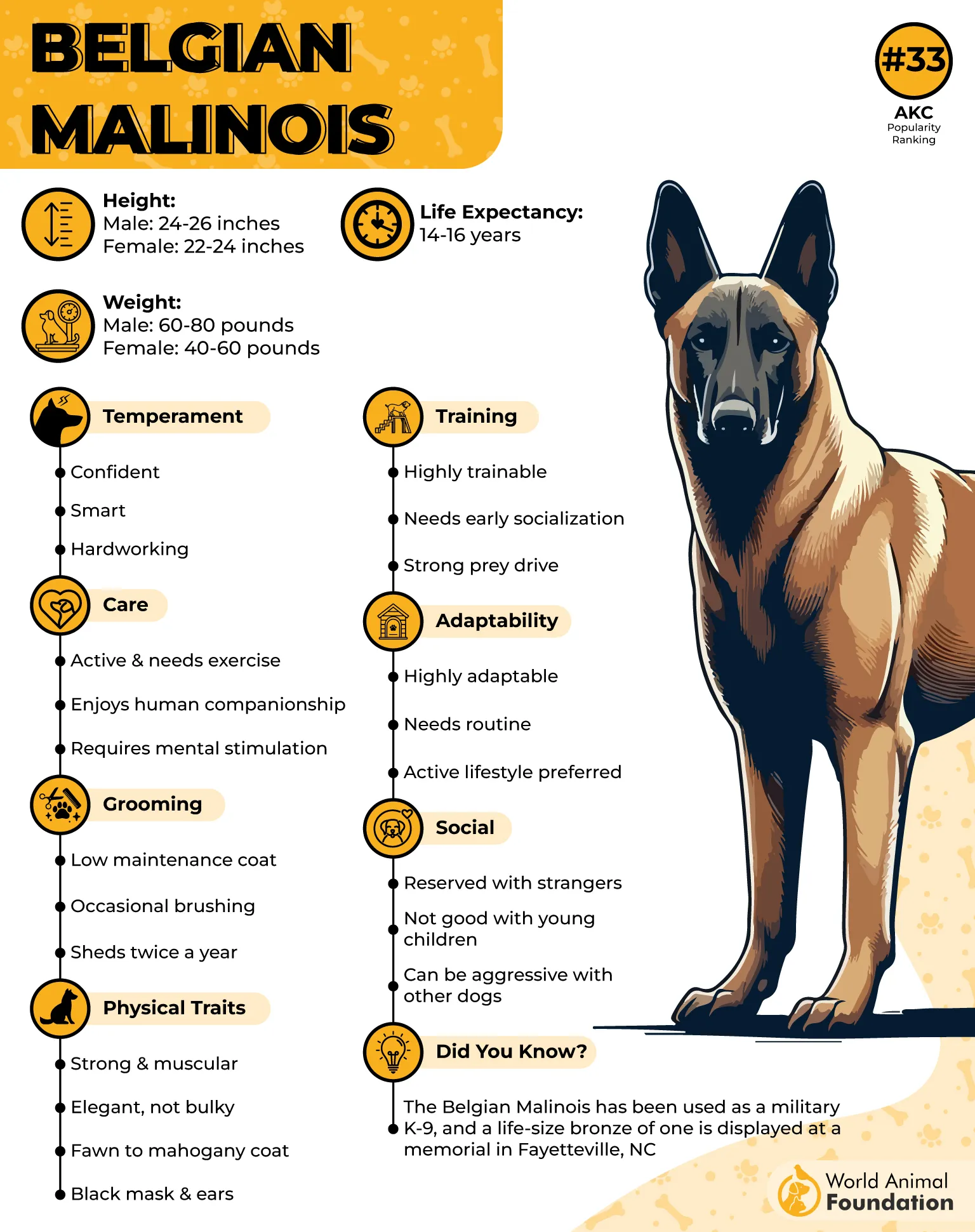
Perfect Balance of Speed and Obedience
The breed’s physical structure allows it to run fast, jump high, and endure long missions. What set it apart in the war fields was its precision in performing without needing repeated commands. These traits were crucial during both search-and-rescue and enemy-tracking duties.
Global Recognition in Modern Military Units
The Belgian Malinois has served in elite units worldwide, including special operations and anti-terror missions. Their role in detecting explosives and providing protection made them one of the most respected breeds in modern war deployment history.
9. Bloodhound
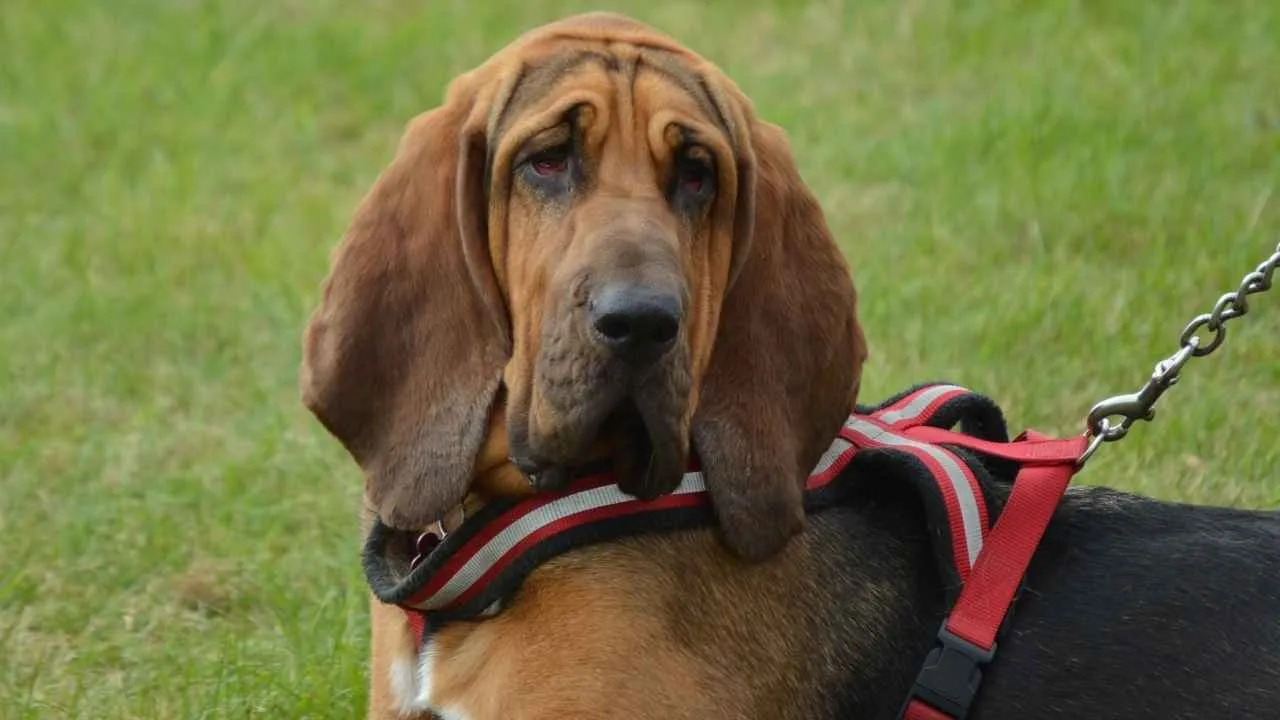
Bloodhounds were used in military settings for their unmatched scent-tracking abilities. Able to follow trails that were hours—or even days—old, they helped locate enemy camps, wounded soldiers, and escaped prisoners. Their tracking strength was unmatched during search missions in complex terrains.
Calm Under Stress and Focused on Task
Despite the noise and chaos around them, Bloodhounds showed strong focus and emotional control during operations. They kept tracking without being distracted by loud environments or sudden movement. This mental stability made them reliable assets in wartime search units.
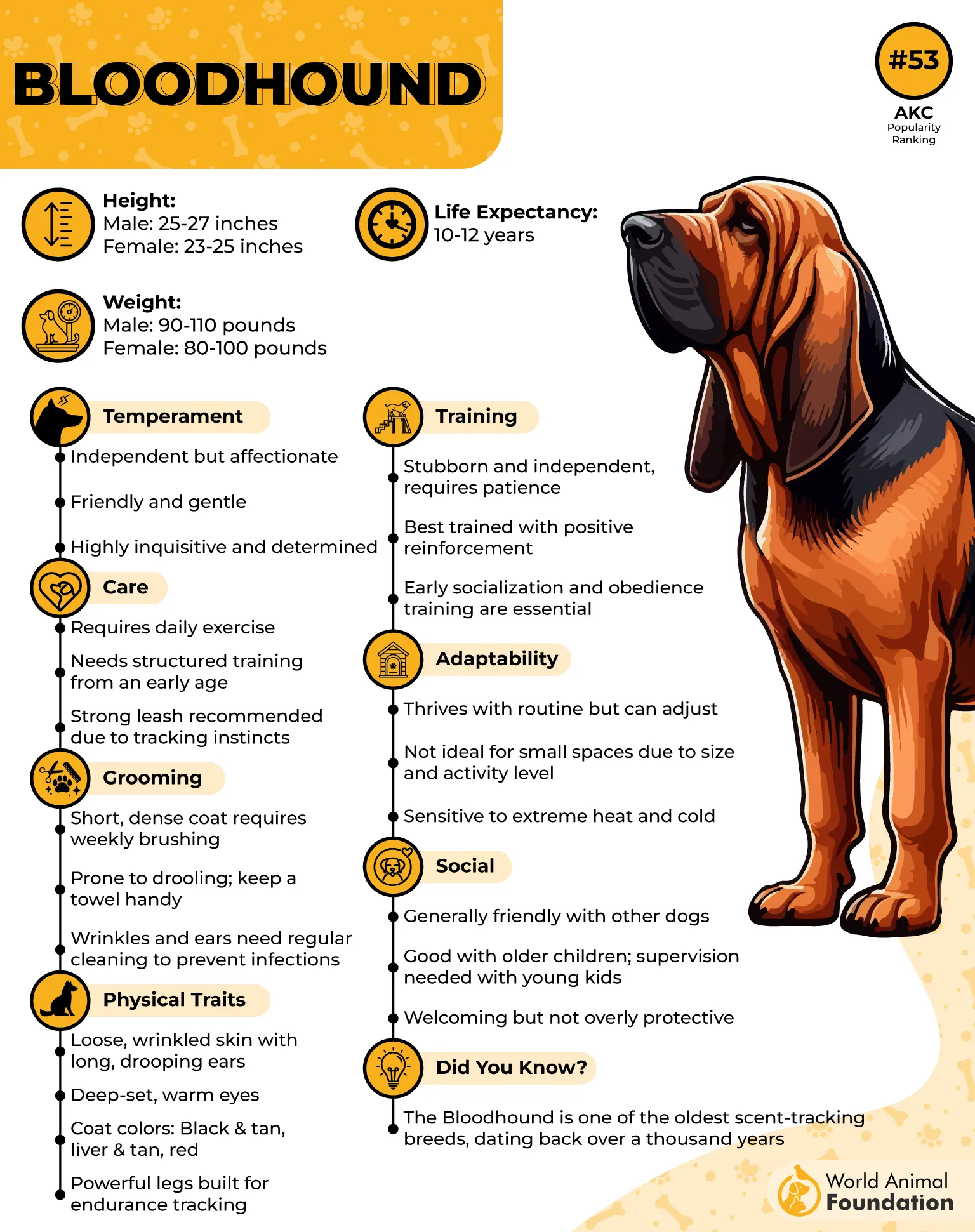
Used to Hunt, Redirected to Protect
Originally bred for game tracking, their skills were later adapted for use in human searches. Military handlers used them to scout dangerous areas, search for missing allies, or trail suspicious movements. Their role evolved, but their tracking instincts stayed razor-sharp.
Respected for Their Role in War Intelligence
Rather than attack or carry, their job was about collecting information through scent. They became a quiet part of military intelligence strategies, helping handlers plan movements based on the trails they uncovered. Their work added precision to decisions made in the field.
Conclusion
Military working dogs were never just tools of war. They were partners, trained for grit and calm, trusted with tasks few humans could do alone. From drug detection to guarding the front lines, their roles were essential.
Whether serving in the air force or supporting ground troops, each military dog made the war effort stronger. Many were guided by dog handlers who relied on their instincts and speed. In every major conflict, these dogs saved countless lives without ever seeking praise.
Today, they continue to serve alongside armed forces and law enforcement agencies worldwide, proving their value hasn’t changed. Their loyalty, skill, and courage still define what silent service looks like.


